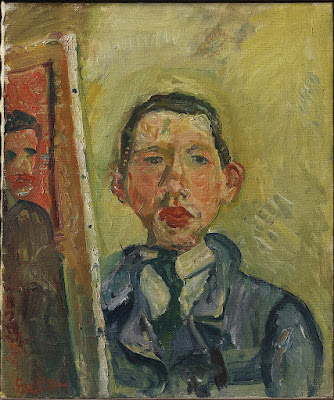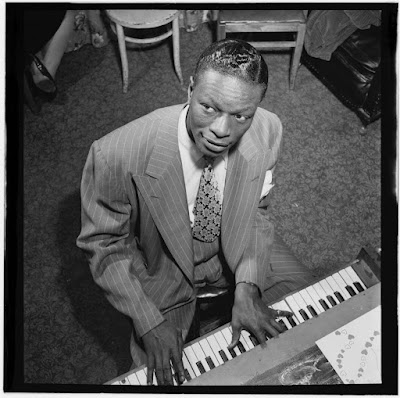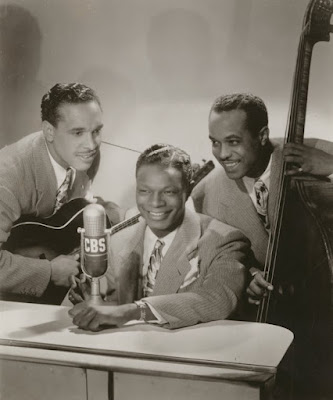Many prison libraries have limits and guidelines on the types of books that are allowed in prison-- there are many banned books in US prisons. While this makes most librarians uncomfortable there are legitimate security issues that must be considered. It makes sense that books on how to pick a lock or build bombs or make homemade wine are bad book-buying choices in a prison environment. As a former prison librarian, I accepted this. While many librarians do not like censorship in prison the first priority in a prison library is security.
The Art of War is Banned in Many US Prisons
However, some US prisons become a little over-enthusiastic with the banning of books and may judge a book by its title alone. Case in point-- The Art of War by Sun Tzu. Many United States prisons have banned The Art of War. Why? It's all about the title. I assure you I never met a correctional officer or warden who read this classic tome that is indeed about warfare but also has implications for how to live one's life. I never realized that The Art of War, which was written between 475 and 221 BCE, was considered negative in any context until I became a prison librarian.
So, what is The Art of War and why is it so dangerous? First of all, in the 21st century, The Art of War is more about strategy than violence. For example, one quote from Sun Tzu says simply, 'There is no instance of a nation benefitting from prolonged warfare.' Over 2,000 years later these words are still true.
There is also a lot of spying, lying, and deception that goes on in war. I think this is the kernel of The Art of War that is not acceptable to some in a prison environment. Here is a quote from Sun Tzu or Sunzi,
“All warfare is based on deception. Hence, when we are able to attack, we must seem unable; when using our forces, we must appear inactive; when we are near, we must make the enemy believe we are far away; when far away, we must make him believe we are near.”
The 48 Laws of Power
Perhaps a more odious quote from Robert Greene,
"Remember: The best deceivers do everything they can to cloak their roguish qualities. They cultivate an air of honesty in one area to disguise their dishonesty in others. Honesty is merely another decoy in their arsenal of weapons."
American Sign Language Books Banned in Prison
At one prison I worked in, many inmates had learned the American Sign Language alphabet and used it to communicate with each other. This infuriated the prison administration which could not be bothered to learn this simple form of communication to be able to interpret what the inmates were saying. Because of this conflict, no books on sign language were allowed in the prison. I know the basic sign language alphabet and was sometimes able to read the signs that were mostly friendly trash-talking between inmates. I remember one warden musing that books on learning foreign languages should also be banned so that inmates could not learn and communicate in another language. Really. Maybe that's why Florida prisons banned a Klingon Dictionary in 2019?
Behold a Pale Horse Banned in Prisons
Behold a Pale Horse by Milton William Cooper was also an often requested book that is banned in many prisons. This is a book I have never read and had never heard of until I became a prison librarian. Conspiracy theories were popular and rampant in every prison in which I worked-- I have written about some of them here. This book written in 1991 is about UFOs and also contains a militia manifesto that has influenced the right-wing militia movement in the United States. I would assume it is the militia aspect of this book that is more concerning than the UFO aspect. A disturbing quote from Behold a Pale Horse reads,
“All science is merely a means to an end. The means is knowledge. The end is control. [THE END ALWAYS JUSTIFIES THE MEANS.]” I think the theme that makes this book threatening to prison administrators is the organized plans for militias to create riots. Riots are never a good thing in prison.
Martial Art Books Banned in Prisons
Every prison I ever worked in banned outright all martial arts books. The worst-case scenario here, I guess, is that the inmates become martial arts experts and take over the prison. I worked with one inmate who claimed a religious exemption as a Buddhist to be able to get a Tai Chi book for practice. The irony here is that many prisons feature weight-lifting as recreation and physical fitness. Isn't there a potential for an army of musclemen to rise up and take over the prison? No, this is really just a great way for the incarcerated to blow off steam in a healthy way.
Banned Book Lists from the USA
No Sex Mags in Prison Libraries
Dungeons and Dragons In Prison
Banned Books in Kansas Prisons
Random Banned Books in US Prisons
But to judge books as unsafe for inmate minds (such as James Patterson) seems hypocritical in the face of the fact that many prisons do not ban violent video games such as Grant Theft Auto, the very crime that could have sent the player to prison. I am willing to bet that inmates that read James Patterson are less likely to re-offend than nonreading inmates just because they are reading.
For this article, I used my own professional experiences from working in prison libraries in Maryland and West Virginia as well as the lists compiled by the Books To Prisoners program here. This program points out that prison policies about books that are accepted and that are not are vague and inconsistently enforced. From their website,
"Books to Prisoners believes that prisoners benefit from access to information. An excessive restriction on reading materials infantilizes incarcerated adults and contributes to an environment of distrust between inmates and correctional officers that hampers rehabilitative goals. The costs outweigh the benefits."









.jpg)
















.jpg)


